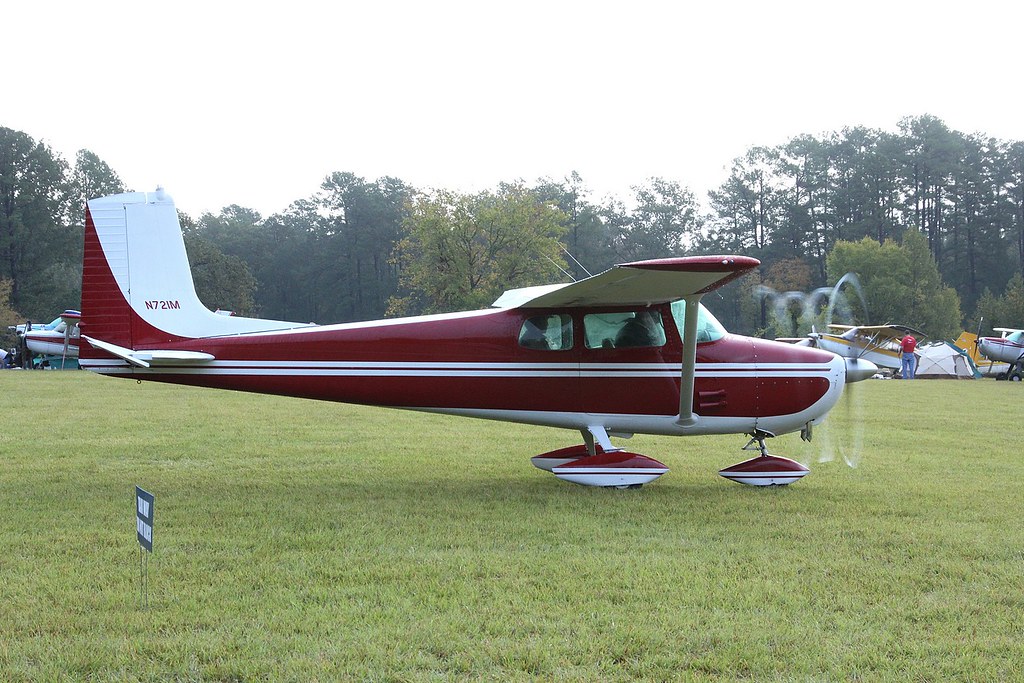- Joined
- Dec 5, 2010
- Messages
- 5,151
- Display Name
Display name:
GeorgeC
Some checklists have you set 1700 rpm, apply carb heat, verify rpm loss, remove carb heat, verify rpm recovery.
I was trained to verify that the engine runs smoothly at idle with the carb heat applied, presumably to simulate the engine configuration at landing.
Is it worth doing two checks, one at 1700, and another at idle? I tend to combine the two; apply carb heat at 1700, verify rpm loss, go to idle, verify smooth idle, carb heat off, back to 1000 rpm...
I was trained to verify that the engine runs smoothly at idle with the carb heat applied, presumably to simulate the engine configuration at landing.
Is it worth doing two checks, one at 1700, and another at idle? I tend to combine the two; apply carb heat at 1700, verify rpm loss, go to idle, verify smooth idle, carb heat off, back to 1000 rpm...


